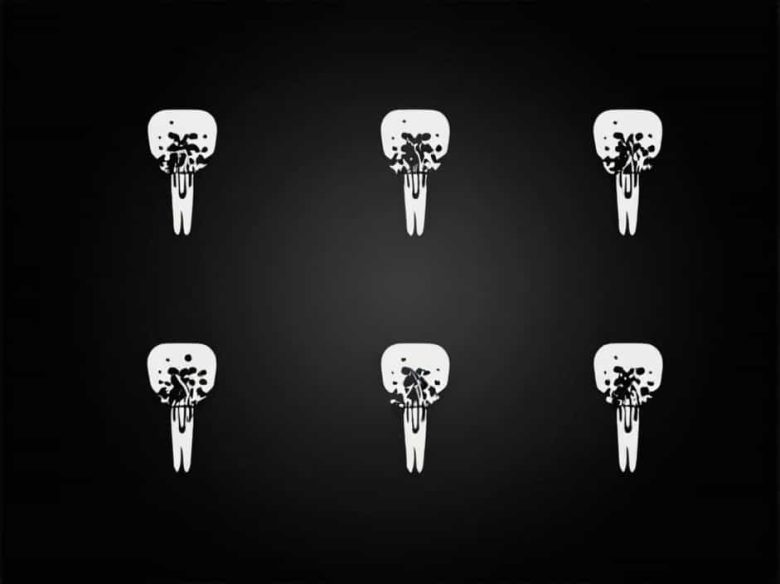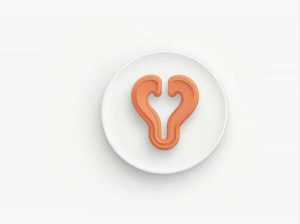Bones are essential structures in the human body providing support protection and mobility. On a microscopic level bones are classified into two main types: compact bone (cortical bone) and spongy bone (trabecular bone). Each has unique characteristics functions and strengths.
This topic explores the differences between compact and spongy bone analyzing which type is stronger and how each contributes to skeletal function.
The Two Microscopic Types of Bone
At the microscopic level bones are made up of living cells and mineralized extracellular matrix. The two types of bone tissue serve distinct roles in the body.
1. Compact Bone (Cortical Bone)
Compact bone is the dense outer layer of bones making up about 80% of the skeletal mass. It is tightly packed and provides structural support and protection.
Key Features of Compact Bone:
- Composed of osteons (Haversian systems) cylindrical units that give compact bone its strength.
- Contains few spaces making it highly resistant to pressure and bending.
- Found in the diaphysis (shaft) of long bones such as the femur and humerus.
- Provides protection support and weight-bearing ability.
2. Spongy Bone (Trabecular Bone)
Spongy bone also known as trabecular or cancellous bone is found inside bones particularly in the epiphysis (ends of long bones) vertebrae and pelvis. It has a porous lattice-like structure filled with bone marrow.
Key Features of Spongy Bone:
- Composed of trabeculae a network of bone tissue that provides flexibility and shock absorption.
- Contains many open spaces reducing bone weight while maintaining strength.
- Houses red bone marrow which produces blood cells.
- Adapted for energy absorption and resistance to stress from multiple directions.
Which Bone Type Is Stronger?
The definition of “stronger” depends on the type of force being applied.
1. Strength Against Compression and Weight-Bearing
- Compact bone is stronger under compression because of its dense structure.
- It can withstand high mechanical loads making it ideal for supporting body weight.
2. Strength Against Impact and Shock Absorption
- Spongy bone is better at absorbing shock due to its trabecular structure.
- It is designed to distribute stress evenly reducing the risk of fractures.
3. Resistance to Bending and Torsion
- Compact bone resists bending and twisting forces better than spongy bone.
- This property is crucial for bones in the limbs and spine which experience frequent movement.
Compact Bone Is Structurally Stronger
Compact bone is generally stronger in terms of mechanical resistance and weight-bearing ability. However spongy bone plays a vital role in absorbing shocks reducing bone mass and producing blood cells.
The Role of Bone Remodeling in Strength
Bones are constantly being remodeled by specialized cells:
- Osteoblasts build new bone.
- Osteoclasts break down old bone.
This process helps maintain bone strength and density throughout life. Weight-bearing exercise and proper nutrition can enhance bone strength by stimulating remodeling.
Common Bone Disorders Related to Strength
1. Osteoporosis
- A condition where bones become weaker and more porous.
- Affects both compact and spongy bone increasing fracture risk.
2. Fractures
- Compact bone fractures usually occur from high-impact trauma.
- Spongy bone fractures happen due to gradual weakening like in osteoporosis.
How to Maintain Bone Strength
To keep bones healthy and strong consider the following:
1. Consume Calcium and Vitamin D
- Essential for bone mineralization.
- Found in dairy leafy greens and sunlight exposure.
2. Engage in Weight-Bearing Exercise
- Activities like running weightlifting and walking stimulate bone remodeling.
3. Avoid Smoking and Excess Alcohol
- These habits weaken bones and increase fracture risk.
While compact bone is stronger in terms of mechanical resistance and structural integrity spongy bone has unique advantages in shock absorption and flexibility. Together these two types of bone ensure a balance between strength durability and functionality in the human body.



